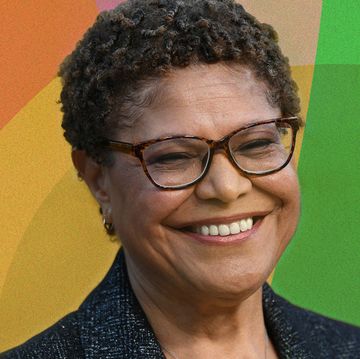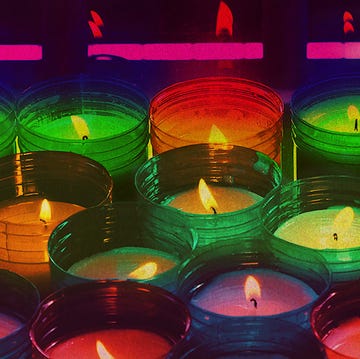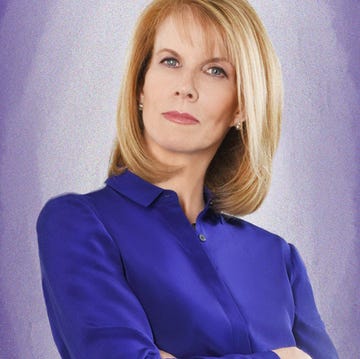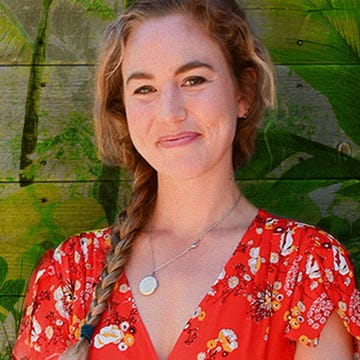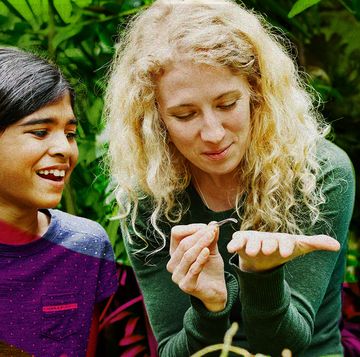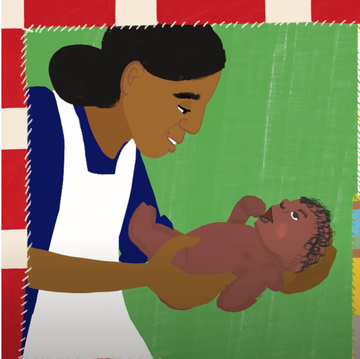When my mother recounts stories from my childhood in the 1970s, she inevitably includes the comments her neighbors made about her “beautiful adopted baby.” When she explained to these neighbors that I was not adopted, she was often met with a look of confusion, which placed into question the progressive New York City that I remember as a child. The assumption by our neighbors that I — a brown-eyed, darker-skinned boy — was adopted by my blue-eyed, white mother was much more complicated than the actual truth: My father is Black.
The fact that the comments from my mother’s neighbors were phrased as compliments (What a beautiful adopted baby!), never as questions, revealed an important bias. They just made up their own best-case scenario: A white woman adopting a Black baby was reasonable, maybe even charitable. The idea that I wasn’t adopted was far more convoluted. Unfortunately, sometimes it still is.
It’s been 56 years since Loving v. Virginia, the June 12, 1967, Supreme Court decision that struck down the laws that banned interracial marriage in the United States. When I was born five years later, in a gigantic, cosmopolitan city, my mere existence was met with comments and looks of confusion.
I still field questions like “What are you?” and “Where are you from?” And I feel the judgingly inquisitive looks of those who are afraid to ask. My mother’s immediate response has always been to state proudly, “We’re from New York.” I’ve inherited her response, and no matter where I’ve lived or traveled, that’s been my answer.
People often don’t understand that mixed-race children don’t always look like either of their parents, at least not in the ways we expect them to.
My mother and I have been told countless times how similarly we smile, and that we share mannerisms, like the way we move our hands for conversational emphasis. But these comments usually come after a line of questioning that tiptoes around some doubt that we’re biologically related. Once someone finally notices our common traits, their realization — “Oh, now I see it; you are actually related!” — can feel as insulting as the buildup to it, as if it’s somehow our responsibility to convince them that we’re mother and son.
When I was a child, some of my friends looked more racially ambiguous than I did. That’s when I learned what it felt like to be the normal kid, uncomfortably watching my friends endure the “What are you?” confrontation I’d experienced so many times myself. Sometimes, I felt them sink under the weight of an intrusive attack, and I stepped up in their defense. Other times, I sat back anxiously, feeling queasy when friends described themselves as “a mutt.” I still hear that response every so often. It’s not always self-deprecating, but I always interpret it as such. I understand the specific insecurity of having to explain one’s origin, and sometimes adding a bit of humor can offer some relief. But nobody should have to describe themselves as analogous to animals to explain who they are.
The United States is changing. It’s always been changing. According to the 2020 U.S. Census, 33.8 million Americans identify as multiracial. That’s a 276 percent increase from 9 million in 2010. So, it stands to reason that people should become more used to families who don’t look traditionally alike. Family photographs on 2022 holiday cards and social media posts looked more diverse than they ever have before in my lifetime; celebrities like Zendaya and Meghan Markle have publicly embraced their mixed-race backgrounds; couples in television shows and commercials look less racially alike, and their differences have become less of a focal point and more of an unspoken reality. It’s art slowly imitating life.
It’s never been easier to discover one’s ethnic origin. Thanks to DNA testing websites, we no longer need to rely solely upon stories passed down from our parents and grandparents. But that doesn’t mean that everyone needs to be held accountable to explain their story. It’s fine to be proud of our cultures and ethnic backgrounds. It’s also fine to not let them define who we are.
My mother only recently told me that on the day I was born, a clock started ticking. Her plan — had circumstances not pulled us away sooner — was to move to a different neighborhood before I turned 5. She speculated that 5 was the age I’d change from a beautiful adopted baby to a young Black man in the eyes of our neighbors. Five was the age my mother would have seriously worried about my safety based upon how I looked. Five was the age it would no longer matter that my mother looked like her neighbors. It would only matter that I didn’t.
Loving Day gives us a lot to celebrate. Attitudes toward race have evolved in the 51 years since I was born: The United States has become more racially mixed, and Americans have become more accepting of that evolution. Maybe the question of origin should step back from the foreground and reside only with mixed-race people who feel it’s a necessary discussion point. It’s not that it shouldn’t be important, but it doesn’t have to be important. It’s been long enough that those of us who want to can, without the expectation of additional probing and explaining, proudly and simply say: “I’m from New York.”
Nabil Ayers is a Brooklyn-based writer and the U.S. president of the Beggars Group of record labels. His memoir, My Life in the Sunshine (Viking), explores his relationship with his father, the musician Roy Ayers.
Get Shondaland directly in your inbox: SUBSCRIBE TODAY





